
Distribution ERP Software: Calculating ROI
For a distributor, achieving a strong ROI on your ERP investment is important. Understanding wher...

For a distributor, achieving a strong ROI on your ERP investment is important. Understanding wher...

Key insights on CMMC compliance, deadlines, and securing DoD contracts with CMMC 2.0 certificatio...
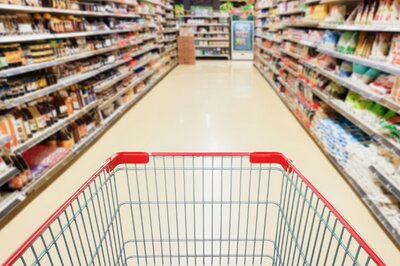
In a modern world where products are tailored to consumers, why should ERP for food distributors ...
Find the best distribution ERP for your business based on features and more
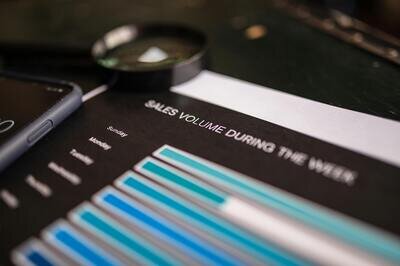
How an ERP helps inventory management including four key advatages
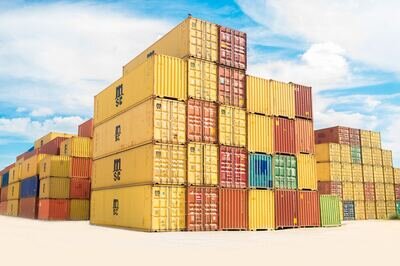
The top distribution ERP features for your system
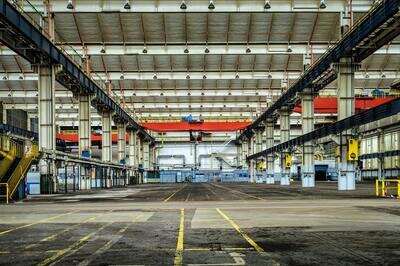
Distribution ERP vs WMS: be clear on the differences with this guide
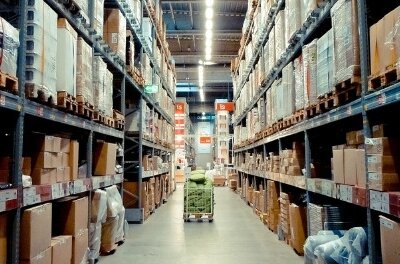
Read about the similarities and differences between WMS & ERP software - which should you choose ...
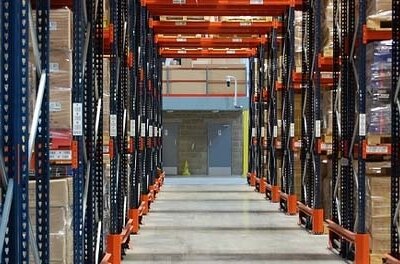
How to implement an ERP system which can integrate distribution and outside manufacturing.

If you're in an industry where variable product quality is a fact of life, off-quality inventory ...
Sub heading
Lorem ipsum dolor sit amet, consectetur adipisicing elit. Natus, molestiae dolorum suscipit fuga quasi!